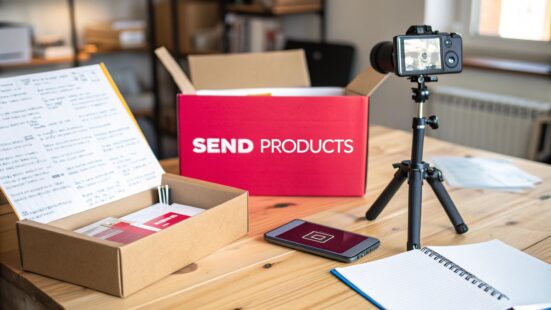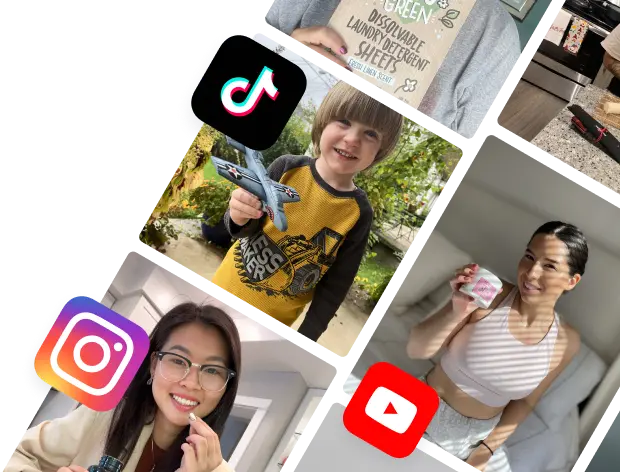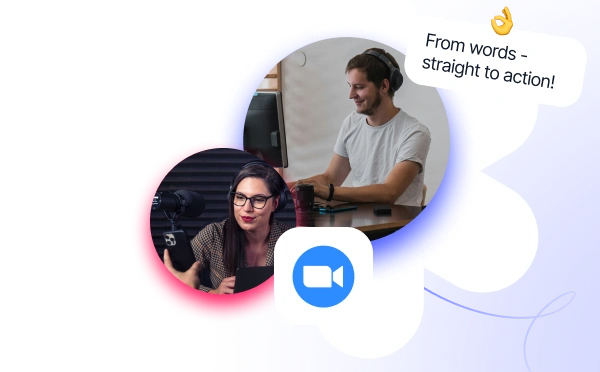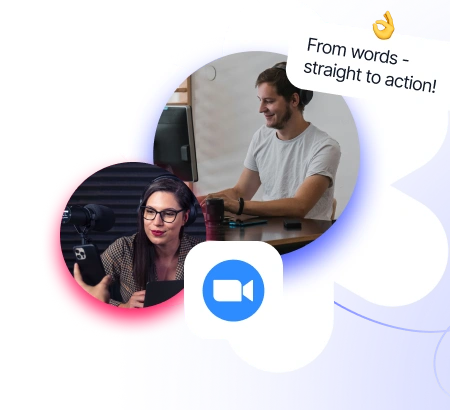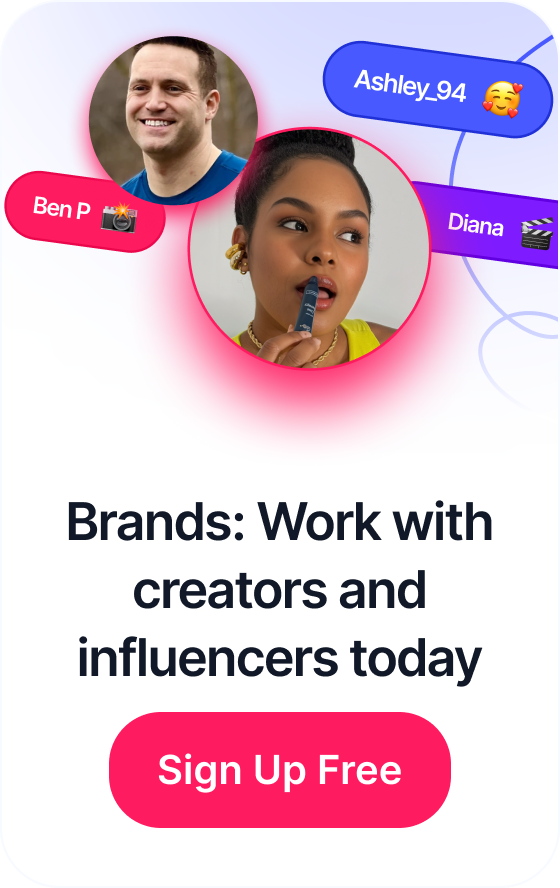 Nano-Influencer Agency – Top 15 Agencies, FAQs & More
Nano-Influencer Agency – Top 15 Agencies, FAQs & More
Table of Contents
Why Product Seeding Works (And Where Most Brands Mess Up)
Let’s be honest: most brands handle influencer product seeding like they’re shipping out orders from a warehouse. They totally miss the point – the human connection that makes this strategy so effective. I’ve seen it myself – brands sending out generic packages, expecting a ton of enthusiastic posts in return. Newsflash: that doesn’t work.
After looking at successful campaigns and chatting with both brand managers and influencers, the winning formula is clear. The brands that really nail product seeding understand they’re not just shipping products; they’re building relationships. They get the psychology behind what makes an influencer actually want to share something with their followers. It’s about tapping into genuine enthusiasm.
Think about it: have you ever gotten a gift that was so perfectly “you” that you just had to tell everyone about it? That’s the feeling brands should aim for. This means ditching the one-size-fits-all approach. Take the time to understand each influencer’s unique style, values, and audience. It’s not about the number of followers; it’s about finding the right match.
For example, imagine a sustainable skincare brand sending their new serum to a beauty influencer known for loving natural products. The brand adds a handwritten note thanking the influencer for their commitment to eco-conscious beauty, along with a few other samples relevant to her previous content. That personal touch is everything.
This thoughtful approach dramatically increases the chances of getting an authentic, engaging post. It’s also worth mentioning that a large number of influencers (93%) are happy to work with brands for free products if they align with their values or offer high-quality products. This highlights the importance of choosing the right products and the right influencers for the biggest impact. Discover more insights about influencer marketing trends.
This brings us to another critical point: timing. Sending products too early can lead to forgotten boxes, while sending them too late means missing a crucial launch date. Getting the timing right takes communication and planning. Work with the influencer, understanding their content calendar, to create something great. By avoiding these common mistakes and focusing on the human element, brands can transform product seeding from a transactional chore into a powerful tool for long-term growth.
Finding Influencers Who’ll Actually Love Your Products

Sending products to influencers shouldn’t feel like throwing spaghetti at the wall and seeing what sticks. Forget blasting out freebies to every account with a large follower count. Instead, think about finding influencers who truly connect with your brand.
This more focused approach not only saves you money but also helps build authentic partnerships. Trust me, it’s a game changer. You’ll be amazed at how much more effective your product seeding campaign becomes when you ditch the vanity metrics and focus on genuine connection. Need some help finding the right people? Check out our guide on how to find the right influencers for your brand.
Dig a Little Deeper
One of the biggest mistakes I see brands making is skipping the “detective work” phase of influencer selection. Before you send anything, take some time to scroll through their feed. What’s their vibe? Do they genuinely use and talk about products similar to yours?
Does their content around brand partnerships feel natural and enthusiastic, or does it feel forced? Their past behavior is the best crystal ball you have for predicting future performance. This little bit of research can save you a ton of wasted product shipments and a whole lot of disappointment.
Know Your Audience (and Theirs)
Knowing an influencer’s audience demographics is just as important as their content. Sure, an influencer might have a million followers, but if those followers aren’t your target market, it’s not a win.
For example, if you’re selling high-end skincare, partnering with an influencer whose audience is primarily teenagers probably isn’t the best strategy, even if their engagement is through the roof. Look for influencers whose audience aligns with your ideal customer – that’s where the magic happens.
Start a Conversation
Finally, don’t underestimate the power of a pre-send chat. A quick DM or email to gauge an influencer’s interest in your product can make a world of difference. It shows you respect their time and that you’re not just mass-mailing freebies.
Influencer marketing is a big deal, and it’s only getting bigger. The global market is expected to hit $32.55 billion by 2025. This growth really underscores how effective sending products to influencers can be. And the ROI? Well, on Instagram, brands are seeing returns of around $4.12 for every $1 spent. Pretty impressive, right? Discover more insights about influencer marketing’s impressive growth.
By focusing on building genuine connections and targeting strategically, you’ll create a list of potential influencer partners who are ready to become true brand advocates, not just one-time posters.
Creating Unboxing Experiences That Demand to Be Shared
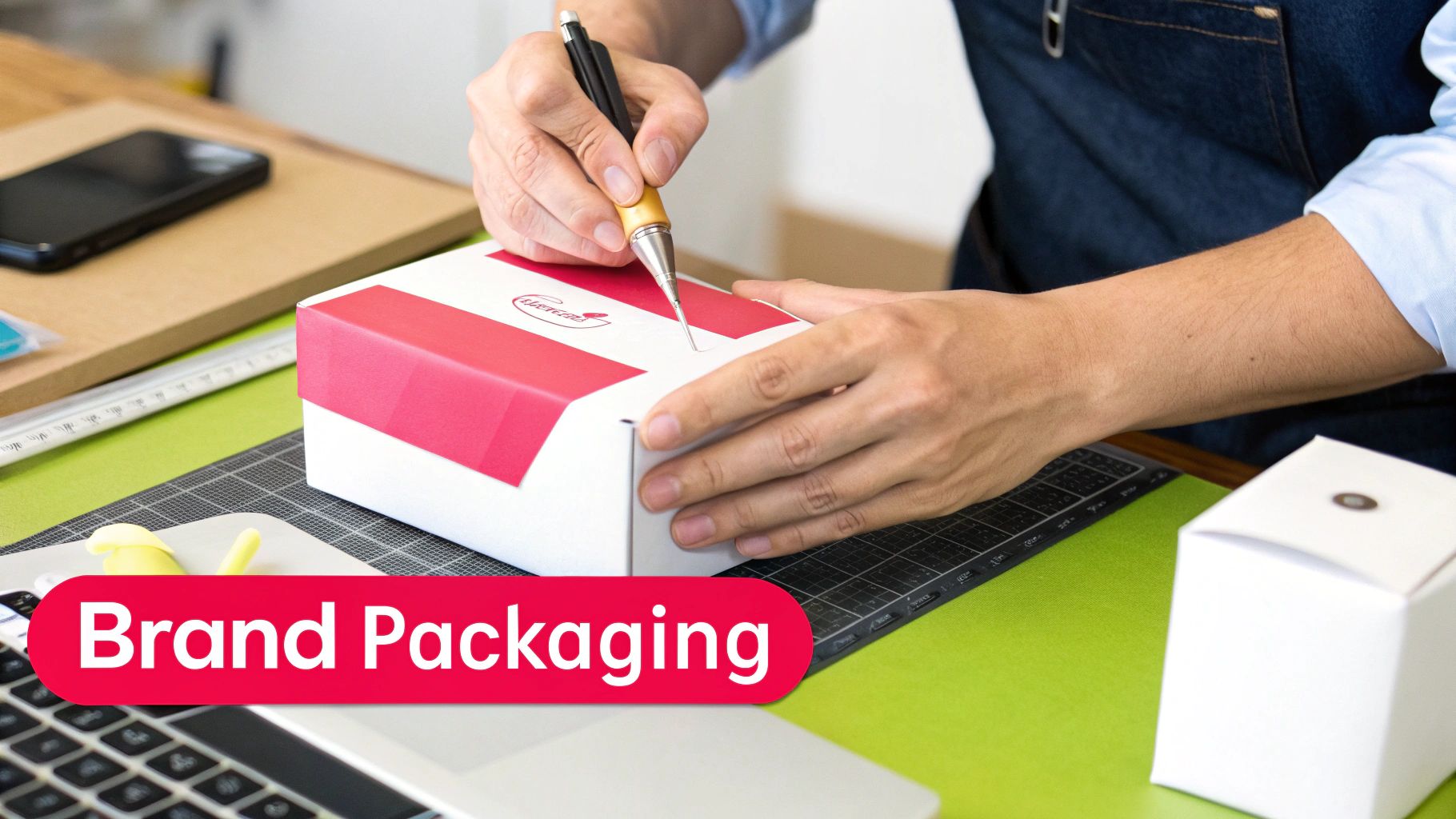
You’ve poured your heart into creating an amazing product. But what happens when it arrives at your influencer’s doorstep in a boring, generic box? Let’s just say, it’s not going to make a splash on social media. Top brands know the unboxing experience isn’t just about shipping; it’s a crucial piece of the marketing puzzle, the first physical interaction an influencer has with your brand story. It’s a key element when you’re figuring out how to send products to influencers.
Think about it: receiving a beautifully packaged gift just feels different. That’s the emotional connection you want to create. Influencers are bombarded with products daily, so grabbing their attention right out of the gate is essential.
Presentation Matters
Now, creating an unforgettable unboxing doesn’t mean breaking the bank. Sometimes the simplest gestures have the biggest impact. Imagine including branded tissue paper, a handwritten note thanking the influencer for their partnership, or even a small, personalized gift alongside your product. I’ve personally seen influencers light up over custom stickers or a sample of a different product they mentioned wanting to try. These details speak volumes, making the experience feel special and considered.
Lighting and Photography
Here’s a pro tip: think about how your packaging will translate on camera. Remember, most influencers film unboxings on their phones, often in less-than-ideal lighting. Choose packaging colors and textures that look good under different lighting conditions. Steer clear of anything too reflective or busy patterns that can be distracting on video. A clean, matte finish is usually a winner, providing a smooth backdrop that lets your product shine.
Let’s take a closer look at how different packaging choices can affect your influencer marketing efforts. The table below outlines some key elements and their potential impact.
| Packaging Element | Engagement Impact | Cost Level | Best Use Case |
|---|---|---|---|
| Branded Box/Mailer | High – Reinforces brand identity and creates a professional feel | Medium to High | All product types, especially premium items |
| Custom Tissue Paper | Medium – Adds a touch of luxury and visual appeal | Low to Medium | Apparel, beauty products, gifts |
| Handwritten Note | High – Personalizes the experience and shows genuine appreciation | Low | All product types |
| Small Gift/Sample | Medium to High – Creates excitement and adds value | Low to Medium | Beauty products, food/beverage, related accessories |
| Branded Stickers/Packaging Tape | Medium – Reinforces branding and adds a fun touch | Low | All product types |
| Sustainable Packaging | Medium to High – Appeals to environmentally conscious influencers and consumers | Low to Medium | Eco-friendly products, natural beauty |
| Plain Box with Branded Insert Card | Low to Medium – Cost-effective way to add branding | Low | Budget-friendly campaigns, simpler products |
The table above highlights how even small, affordable additions can significantly elevate the unboxing experience and boost engagement. Consider your budget and your target influencer when choosing your packaging elements.
Focusing on these details elevates the entire experience, transforming a simple product delivery into a shareable moment. It shows you value the influencer’s time and understand the nuances of content creation. Ultimately, by investing in the unboxing experience, you’re not just sending a product; you’re building a potential long-term partnership and maximizing your influencer marketing ROI.
Shipping Strategies That Keep Influencers Happy
Nothing sours a budding influencer relationship faster than a late, damaged package. I’ve seen it happen firsthand—brands completely botching a promising partnership with shoddy shipping. The pros treat influencers like the VIPs they are, not just another address. It’s a fundamental part of how to send products to influencers the right way.
This starts with reliable carriers. For instance, inside the US, USPS Priority Mail is often a sweet spot for smaller, less expensive items – a good balance of speed and cost. But for bigger, pricier stuff or international shipments, you might want the extra tracking and insurance that FedEx or UPS offer. Think about ways to create an unforgettable unboxing experience for your influencer partners.
Navigating International Shipping
International shipping can be tricky, but it doesn’t have to be a budget-buster. One thing I’ve learned: research customs regulations thoroughly. Surprise fees can really sting and cause delays. A shipping calculator that factors in these costs upfront is your friend. And giving influencers a heads-up about potential delays goes a long way.
Tracking and Communication
Keeping influencers informed is crucial, but nobody wants to be spammed with updates. Find the right balance. A quick email when the package ships and another upon delivery is usually perfect. If there are unexpected hiccups, personally reach out to explain and give a revised delivery estimate.

The infographic above gives you a visual of the average influencer shipping budget, showing how product, shipping, and influencer fees break down. Notice how shipping costs, at $5, make up a significant chunk of the total influencer campaign budget, especially compared to the $10 product cost and $15 influencer fee. This shows how optimizing your shipping process isn’t just about happy influencers—it’s about protecting your bottom line.
Good shipping practices also mean having a contingency plan. Things happen. Packages get lost or damaged. Having a system for replacements or refunds tells influencers you’re professional and that their experience matters. It builds trust and sets you up for long-term collaborations. This is key when you’re figuring out how to send products to influencers professionally.
To help you choose the right carrier, I’ve put together this comparison table:
Shipping Carrier Comparison for Influencer Products
Analysis of major shipping carriers comparing delivery times, costs, tracking capabilities, and special features for influencer marketing campaigns
| Shipping Carrier | Average Delivery Time | Cost Range | Tracking Features | Best For |
|---|---|---|---|---|
| USPS | 2-3 business days (Priority Mail) | $8-$20 | Basic tracking, delivery confirmation | Domestic, smaller/less expensive items |
| FedEx | 1-2 business days (Ground), Overnight options available | $15-$50+ | Detailed tracking, delivery updates, signature confirmation | Larger/more valuable items, faster delivery |
| UPS | 1-2 business days (Ground), Overnight options available | $15-$50+ | Detailed tracking, delivery updates, signature confirmation | Larger/more valuable items, faster delivery |
This table gives you a quick overview of some popular options. Remember, the “best” choice depends on your specific needs and budget. Don’t be afraid to shop around and compare!
Communication That Builds Real Partnerships
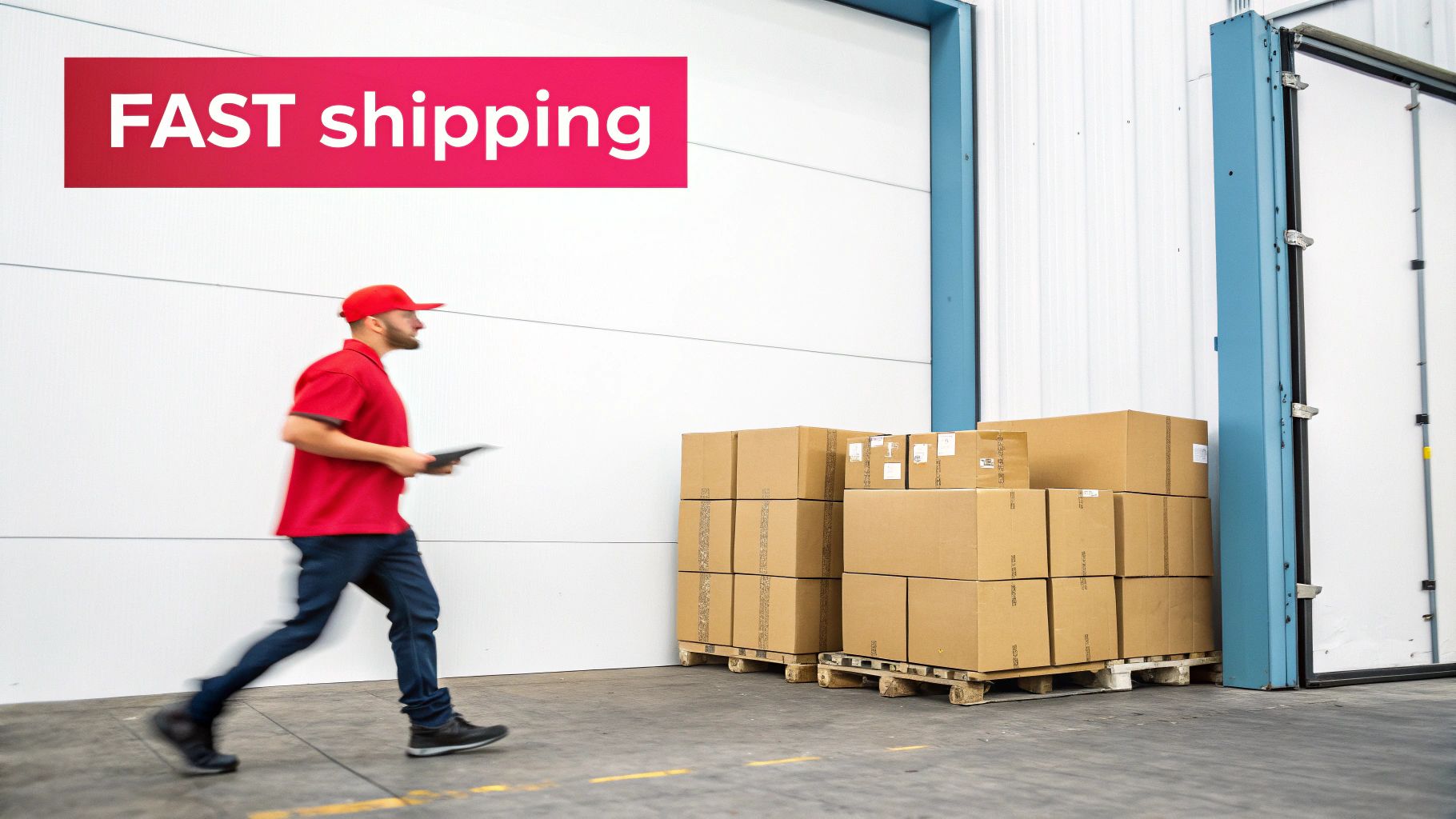
Just shipping out a product and crossing your fingers isn’t a marketing strategy, it’s wishful thinking. Brands that really nail influencer marketing understand the power of genuine, long-term partnerships, and those start with communication. It’s not just about logistics, it’s about connection.
Think of it like…well, dating (kind of). You wouldn’t send a random gift and expect a proposal, right? Influencer relationships are similar. Nurture them with thoughtful communication that feels personal, not like a sales pitch. For more on this, check out our guide on influencer relationship management.
Pre-Send Excitement
Generating buzz before the product even shows up can make a huge difference in how an influencer receives and shares it. A simple “Hey, we’re so excited to send this your way! We thought of you specifically because…” works wonders. Referencing something specific you enjoyed in their recent content adds a personal touch and shows you’re not just blasting out generic messages.
A little pre-send hype goes a long way!
Follow-Up Without the Pressure
After the product lands, following up is essential, but finding the right balance is key. A friendly check-in after a few days, asking if they received the package and if they have any questions, is perfect. Steer clear of anything that sounds like, “So, when’s the post going live?” Influencers have their own timelines and creative flow.
Giving them space to create is essential for an authentic partnership.
Providing Value Beyond the Product
Long-term relationships thrive on value that extends beyond freebies. This could be anything from early access to new launches to exclusive discount codes for their followers. Perhaps connect them with other brands you know or feature them in your own marketing. These small gestures show you value them as partners, not just promotion channels.
Timing is Everything
Understanding an influencer’s content calendar is crucial for maximizing the impact of your product send. Syncing your timing with their planned content, instead of your own marketing deadlines, can drastically improve the chances of a successful collaboration. For instance, sending holiday-themed products in November, not July, makes a world of difference. This shows respect for their creative vision and ensures your product aligns with their overall message. Streamlining this process is key for a smooth experience, so you might want to look into some corporate gift fulfillment strategies.
By mastering these communication strategies, you can transform one-off product sends into enduring, mutually beneficial partnerships. It’s about building relationships that benefit both you and the influencer in the long run.
Measuring Success Beyond Surface-Level Metrics
Sure, likes and comments feel good. But let’s be honest, they don’t pay the bills. They’re vanity metrics. I’ve learned over time that smart brands look beyond these surface-level numbers and focus on the stuff that really moves the needle: actual growth and the long-term value of their influencer collaborations. This is something I always keep in mind when I’m figuring out the best way to send products to influencers. It’s not just about getting the product into their hands, it’s about understanding the real impact.
This means digging deeper. Way deeper than likes and comments. Ask yourself the important questions. Am I seeing more traffic on my website? Are sales actually increasing for the product the influencer featured? These are the metrics that matter.
One of my go-to strategies is using trackable links in influencer content. This allows you to see the entire customer journey – from that initial influencer post all the way to the checkout. It’s incredibly valuable data that can help you tweak and optimize future campaigns. Trust me, it’s pure gold.
Also, think about the long game. The value of brand mentions can be huge. Even if a post doesn’t lead to immediate sales, it’s still building brand awareness and expanding your reach. Are influencers mentioning your product organically, even when they aren’t being paid to? Are you noticing an uptick in brand searches or social media chatter? These are all good signs that your product seeding is hitting the mark. Solid communication is key for any successful influencer partnership. This article on client communication best practices has some helpful advice.
Another thing to remember is that not all influencer relationships are equal. Sometimes the most valuable partnerships don’t result in the most “liked” posts. I’ve seen smaller influencers with a super engaged, niche audience drive more conversions than a mega-influencer with millions of followers. It can be surprising! If you’re interested in maximizing your ROI, this article might be helpful: You might be interested in: Influencer Marketing ROI. How brands measure success also tells a story. Most marketers I know look at engagement, link traffic, and increased website visits to gauge campaign performance. Influencers, on the other hand, usually focus on social media engagement, audience growth, and link traffic. Want to learn more? Check out these influencer marketing statistics.
By shifting your focus away from superficial metrics and looking at the bigger picture, you’ll be able to build measurement systems that actually inform your decisions and demonstrate the true value of your influencer program. This means using practical tools to track your campaign across different touchpoints, accurately measuring your ROI, and creating dashboards that provide real, actionable insights, not just pretty graphs.
Your 90-Day Implementation Roadmap
Ready to transform your influencer product seeding efforts into a smooth, efficient process? This roadmap breaks down everything we’ve discussed into manageable steps with realistic timelines and crystal-clear goals. From identifying your initial influencer prospects to implementing tracking systems that demonstrate real results, you’ll have a clear path forward for the next three months.
Phase 1: Research and Outreach (Days 1-30)
The first month is dedicated to laying the groundwork. This is where you’ll build your list of potential influencers, refine your outreach communication, and get your initial product shipments ready to go.
- Weeks 1-2: Immerse yourself in influencer research. Don’t just look at follower counts. Really dive deep into finding creators who genuinely resonate with your brand and whose audience aligns with your target demographic. Analyze their content, engagement, and audience demographics. Remember, quality over quantity is key! I’ve learned firsthand that a handful of highly engaged influencers can outperform a large group of less connected ones.
- Weeks 3-4: Personalize your outreach messages. Skip the generic templates. Instead, mention specific aspects you admire about their work and explain why you believe they’d be a perfect match for your product. Start reaching out and building those relationships. This is where you’ll begin to understand the art of sending products to influencers in a way that truly resonates with them. I’ve found that a little personal touch can go a long way.
Phase 2: Packaging and Shipping (Days 31-60)
Now that you’ve made connections with potential influencers, it’s time to create a memorable unboxing experience. This is your opportunity to make a strong first impression.
- Weeks 5-6: Perfect your packaging. Go beyond the standard box. Think about adding personalized touches like handwritten notes, unique stickers, or even a small extra gift. The goal is to create an experience influencers are excited to share. I once included a small bag of locally roasted coffee with a product I sent out, and the influencers loved it! Don’t forget to select reliable shipping carriers like FedEx or UPS and stock up on all the necessary shipping supplies.
- Weeks 7-8: Ship your first batch of products. Be sure to provide tracking information to the influencers and keep them updated on delivery timelines. This proactive communication builds trust and demonstrates your organizational skills. I always use a service like ShipStation to manage my shipments and keep everyone informed.
Phase 3: Measurement and Optimization (Days 61-90)
The final phase revolves around measuring your results and making adjustments for future campaigns. This is where you’ll determine what was successful, what fell short, and how to refine your approach moving forward.
- Weeks 9-10: Closely monitor influencer posts and track important metrics. Look beyond simple likes and comments. Use trackable links to measure website traffic, conversions, and sales resulting from influencer content. Analyze brand mentions and social media conversations to evaluate overall brand awareness. Tools like Google Analytics and Brand24 can be very helpful here.
- Weeks 11-12: Review your data and optimize your strategy. What kind of content resonated most with the audience? Which influencers generated the most engagement and conversions? Use this valuable information to refine your targeting, messaging, and product selection for future campaigns. This continuous improvement process is crucial for developing a successful, long-term influencer marketing strategy. I’ve seen significant improvements in campaign performance by making small adjustments based on data analysis.
Getting started with influencer marketing can seem daunting, but remember, it’s a marathon, not a race. These first 90 days are about gaining traction, discovering what works for your brand, and cultivating strong influencer relationships. Ready to elevate your influencer marketing? JoinBrands offers a comprehensive platform to streamline your entire process, from identifying the ideal influencers to tracking your results. Learn more and scale your influencer marketing with JoinBrands.
